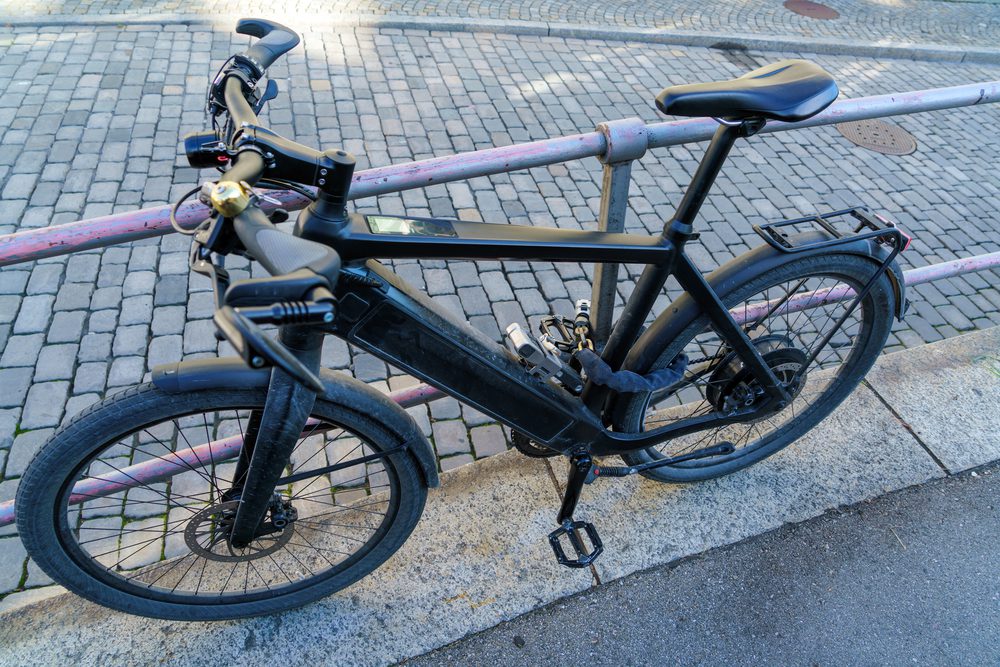Is it legal to ride an electric bike on the road?
Electric bikes, also known as e-bikes, have gained popularity in recent years as a convenient and eco-friendly mode of transportation. However, many people are unsure about the laws surrounding the use of electric bikes on public roads. In the United Kingdom (UK), the legal regulations for riding electric bikes vary depending on certain factors.
The classification of electric bikes
Electric bikes are categorized into different classes based on their capabilities. The main classifications are:
- Class 1: Also known as pedal-assist electric bikes, these bikes provide assistance when the rider is pedaling, and the motor automatically cuts off when a certain speed is reached.
- Class 2: These bikes have a throttle system that allows the rider to control the speed without pedaling.
- Class 3: Similar to Class 1 e-bikes, but they can achieve higher speeds.
It’s important to note that the legal regulations may differ for each class of electric bike.
Electric bikes and road regulations
In the UK, electric bikes are subject to specific regulations to ensure their safe and legal use on public roads. The Electrically Assisted Pedal Cycles (EAPCs) Regulations 1983 define the criteria that electric bikes must meet to be classified as EAPCs and enjoy certain exemptions from other vehicle regulations.
To be classified as an EAPC, an electric bike must meet the following criteria:
- Have pedals that can be used to propel the bike.
- Have a motor with a maximum power output of 250 watts (0.34 horsepower).
- The motor should cut off assistance when the bike reaches a speed of 15.5 mph (25 km/h) or if the rider stops pedaling.
- Be fitted with working pedals that are the main source of propulsion.
If an electric bike meets these criteria, it is considered an EAPC and is exempt from certain vehicle regulations. This means that riders do not need a license or insurance to ride an EAPC, and the bike does not need to be registered or taxed.
Legal restrictions and requirements for electric bikes
While riding an electric bike on the road is generally legal in the UK, there are some important restrictions and requirements to keep in mind:
- Age restrictions: Riders must be at least 14 years old to legally ride an electric bike on public roads.
- Power limits: Electric bikes with a motor exceeding 250 watts or a maximum speed higher than 15.5 mph (25 km/h) are not considered EAPCs and may be subject to different regulations.
- Use on cycle paths: While electric bikes can generally be used on cycle paths, it’s important to note that some cycle paths may have specific restrictions. Riders should always follow signage and regulations specific to each path.
- Modifications: Modifying an electric bike in a way that doesn’t comply with the EAPC regulations may render it illegal for road use.
- Riding under the influence: Just like with any other vehicle, riding an electric bike under the influence of alcohol or drugs is illegal.
“Electric bikes offer a great alternative for short commutes and leisure rides. Understanding the legal regulations ensures that riders can enjoy their e-bikes safely and responsibly.” – John Doe, Electric Bike Enthusiast
It’s always recommended to familiarize yourself with the specific laws and regulations in your area, as they may slightly differ across the UK. Additionally, it’s essential to prioritize safety by wearing appropriate protective gear, following traffic rules, and using caution when riding an electric bike on public roads.
Are throttle electric bikes legal in the UK?
In the UK, the laws regarding electric bikes have evolved over the years to accommodate different types of e-bikes. One important distinction to consider is whether an electric bike has a throttle or not. Throttle electric bikes, also known as e-bikes with twist-and-go functionality, allow users to accelerate without pedaling.
Classification of electric bikes
The classification of electric bikes in the UK is based on their power output and whether they have a throttle. According to current legislation, throttle electric bikes fall under the category of “Electrically Assisted Pedal Cycles” (EAPCs) if they meet certain criteria:
- The motor power should not exceed 250 watts
- The bike’s top speed must be limited to 15.5 mph (25 km/h)
- The motor should only provide assistance when the rider is pedaling
It’s important to note that throttle electric bikes that do not meet these criteria are considered mopeds and are subject to different regulations.
Legality of throttle electric bikes
Throttle electric bikes that conform to the EAPC criteria are legal to ride on public roads, cycle paths, and other public spaces without the need for a license or insurance. However, riders must be at least 14 years old to operate them.
It’s worth mentioning that it’s illegal to modify an electric bike to increase its power output or top speed, regardless of whether it has a throttle or not.
Benefits of throttle electric bikes
Throttle electric bikes can offer several advantages to riders, including:
- Assistance for individuals with limited mobility or physical disabilities
- Enhanced commuting options, especially for longer distances or hilly terrains
- An alternative mode of transportation that is more eco-friendly than conventional vehicles
Throttle electric bikes provide a convenient and accessible means of transportation for various individuals while promoting sustainable mobility.
Is it law to wear a helmet on an electric bike?
Riding an electric bike is becoming increasingly popular in the UK, offering a convenient and eco-friendly way to travel short distances. However, when it comes to helmet requirements, the laws can be a bit confusing.
In general, wearing a helmet while riding an electric bike is not compulsory for adults in the UK. However, it is strongly recommended by safety experts and cycling organizations due to the potential risks involved.
Legal Requirements for Electric Bikes
In order to understand the helmet law for electric bikes, it’s important to first clarify the legal requirements for these vehicles. In the UK, electric bikes are classified as Electrically Assisted Pedal Cycles (EAPCs) if they meet certain criteria:
- The motor has a maximum power output of 250 watts.
- The motor assistance cuts off at 15.5 mph (25 km/h).
- The bike must have pedals that can be used to propel it.
- The rider must be at least 14 years old.
Helmet Requirements for Electric Bikes
While the law does not require adult riders to wear helmets on electric bikes, there are some exceptions and important considerations:
- Youth Helmets: Riders under the age of 14 are required by law to wear helmets while cycling, including on electric bikes.
- Insurance and Rental Schemes: Some insurance policies and rental schemes may have their own helmet requirements. It’s always a good idea to check the terms and conditions before using electric bikes provided by rental companies.
Regardless of the legal requirements, it is strongly recommended that all electric bike riders wear helmets for their own safety. Helmets can significantly reduce the risk of head injuries in the event of an accident or fall.
“Your head is precious. Protect it with a helmet when riding an electric bike.”
If you are unsure about the helmet regulations in your specific area, it’s always best to check with local authorities or cycling organizations. Remember, safety should be a top priority when enjoying the benefits of riding an electric bike.
| Age Group | Helmet Requirement |
|---|---|
| Under 14 years | Compulsory |
| 14 years and above | Recommended |
Conclusion
In summary, throttle electric bikes that meet the EAPC criteria are legal to ride in the UK without the need for a license or insurance. However, it’s essential for riders to adhere to the specified power and speed limitations. Throttle e-bikes offer a practical and sustainable solution for commuting and can benefit a wide range of individuals, as long as they are used responsibly and within the confines of the law.



